When it came to giving, these donors thought outside the box.
By Brett Bralley
Giving to UAB doesn't always have to come down to dollars and cents. In fact, plenty of donors have foregone the typical monetary donation in lieu of something slightly less expected.
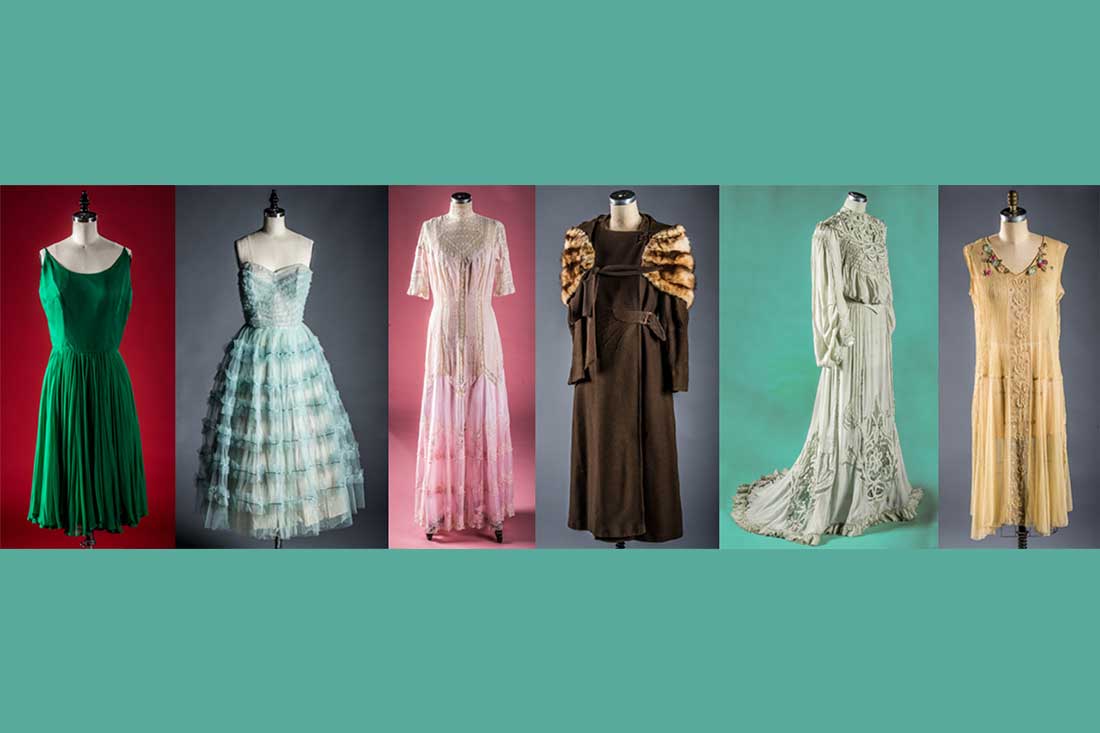
1. A vintage clothing collection
When the UAB Costume Shop received a gift from a local vintage-clothing collector—nearly 200 pieces dating as far back as the 1880s—Amy Page, M.F.A., assistant professor of theatre and costume director, called it the biggest surprise of her career. The racks on racks of dresses, skirts, bodices, suits, hats, gloves, shoes, sporting equipment, and more is a "treasure trove of history," she says. Now, UAB theatre students study the garments and accessories (they're too fragile to actually wear) as they design costumes for upcoming productions. Read the full story here.
(Photo credit: Steve Wood)
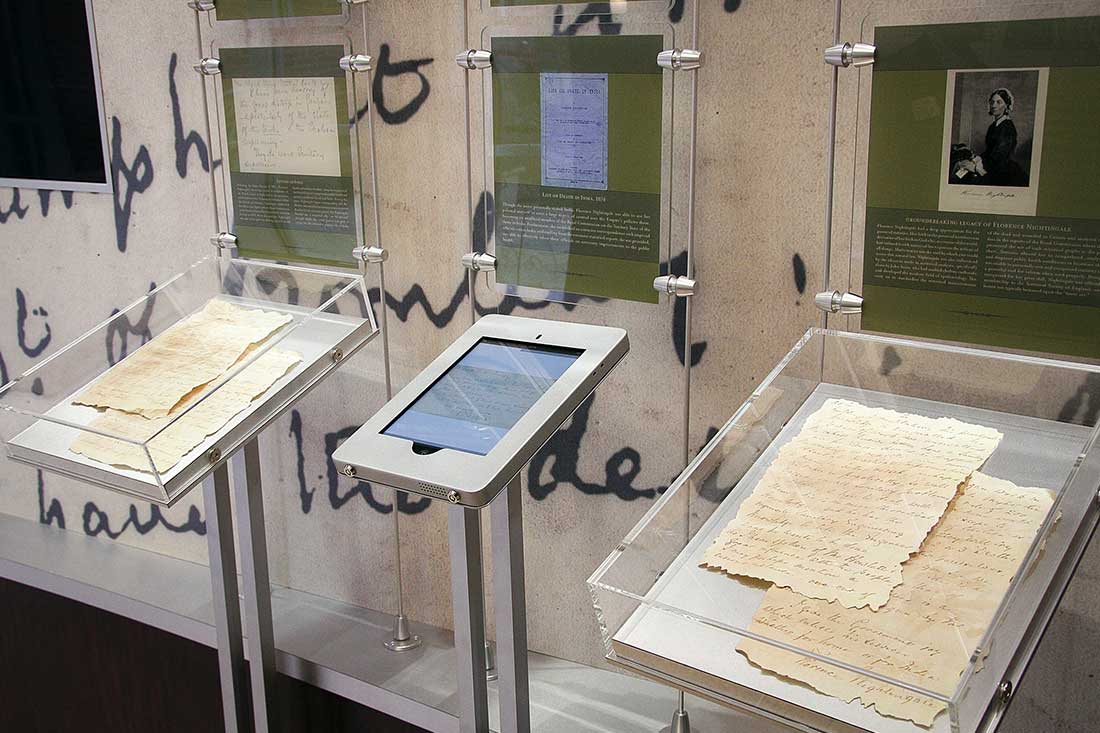
2. Letters by a nursing icon
Back in 1958, the university received 50 historic letters. Written by Florence Nightingale between 1853 and 1893—a time when not much of her life is documented—the letters cover public health issues, particularly advice about improving sanitation conditions in India and war relief efforts and charitable support for the Franco-Prussian and Austro-Hungarian wars. Housed by the Reynolds-Finley Library at UAB, today the letters are the heart of the Florence Nightingale Letters Initiative, which started as a vision of Doreen Harper, Ph.D., R.N., the Fay B. Ireland Endowed Chair and dean of the School of Nursing. Read more about the collection here.
(Photo credit: Frank Couch)
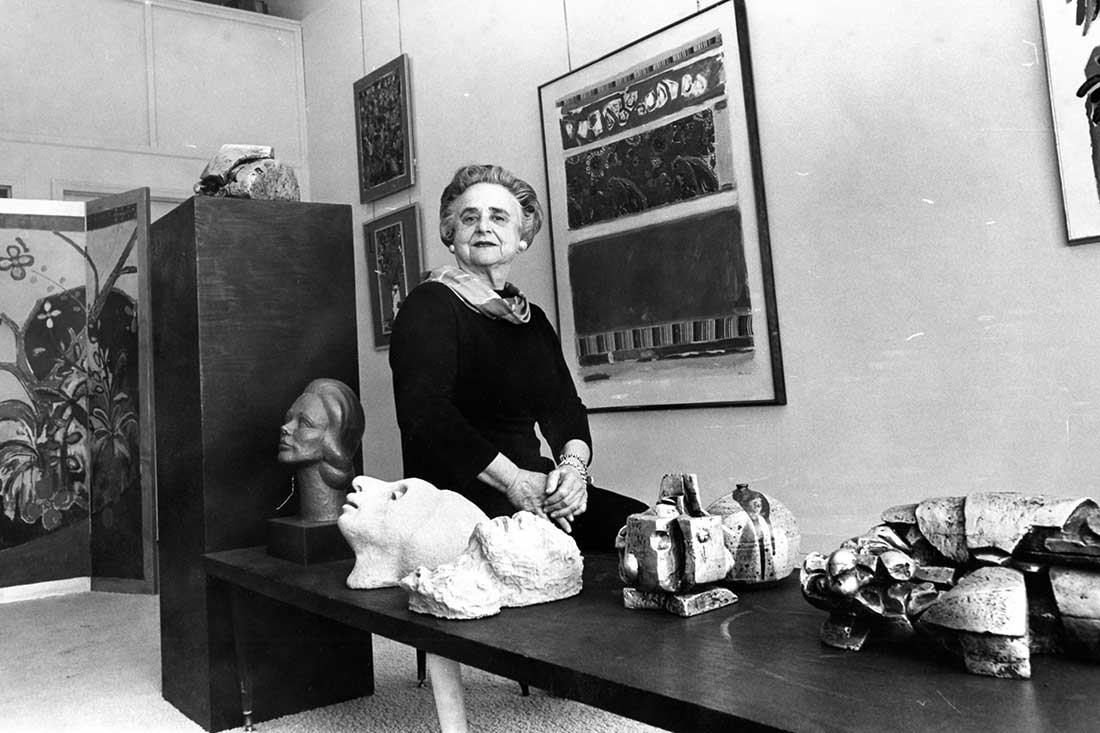
3. The Loeb estate
The gift of real estate is not in and of itself unusual at UAB. Plenty of donors choose to designate the university as a beneficiary of their estate. But when Birmingham resident Josephine Loeb died in 1982, she bequeathed her home and personal belongings to the university—"and I mean all her personal belongings," says Tim Pennycuff, university archivist. Her estate reflected the collections of her and her two sisters, Frances and Stella, who were appreciators of art, literature, teaching, and learning. "UAB retained clothing for theatre, books for libraries, personal papers and manuscript material which are now in our archives, household furnishings and art for the Woodward House and other places around campus." The proceeds from the estate established the Loeb Memorial Fund, which continued development of the UAB medical center. And in 1992, UAB established the Loeb Eminent Scholar Chair in Pediatrics. Read more about the Loeb collection here.
(Photo of Frances Loeb courtesy of UAB Archives)
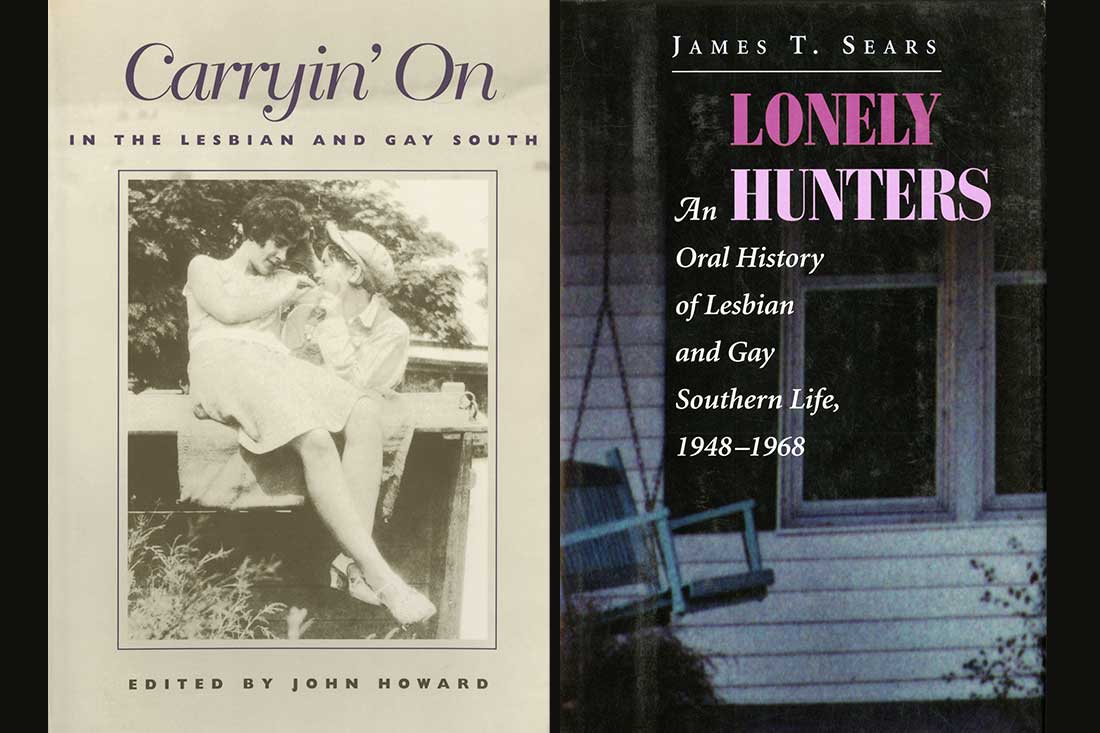
4. A massive collection of LGBTQ materials
An anonymous donor gave—and is still giving—an extensive collection of thousands of titles dating back to the 1850s about LGBTQ subjects, by LGBTQ authors, or with LGBTQ themes or characters. While the archives are still processing many of the titles, more than 4,000 have been cataloged so far, says Pennycuff. And they've been segmented into sub-genres, including live theatre, pulp fiction and paperback, and even Japanese graphic novels. Pennycuff also made sure to distinguish works by Alabama authors, about Alabama subjects, or published in Alabama. "I thought it was important to make those titles easy to find in the larger LGBTQ collection," he says. The works serve as resources for students taking courses in LGBTQ studies, English, creative writing, and more, adds Pennycuff.
(Photos of works courtesy of UAB Archives)
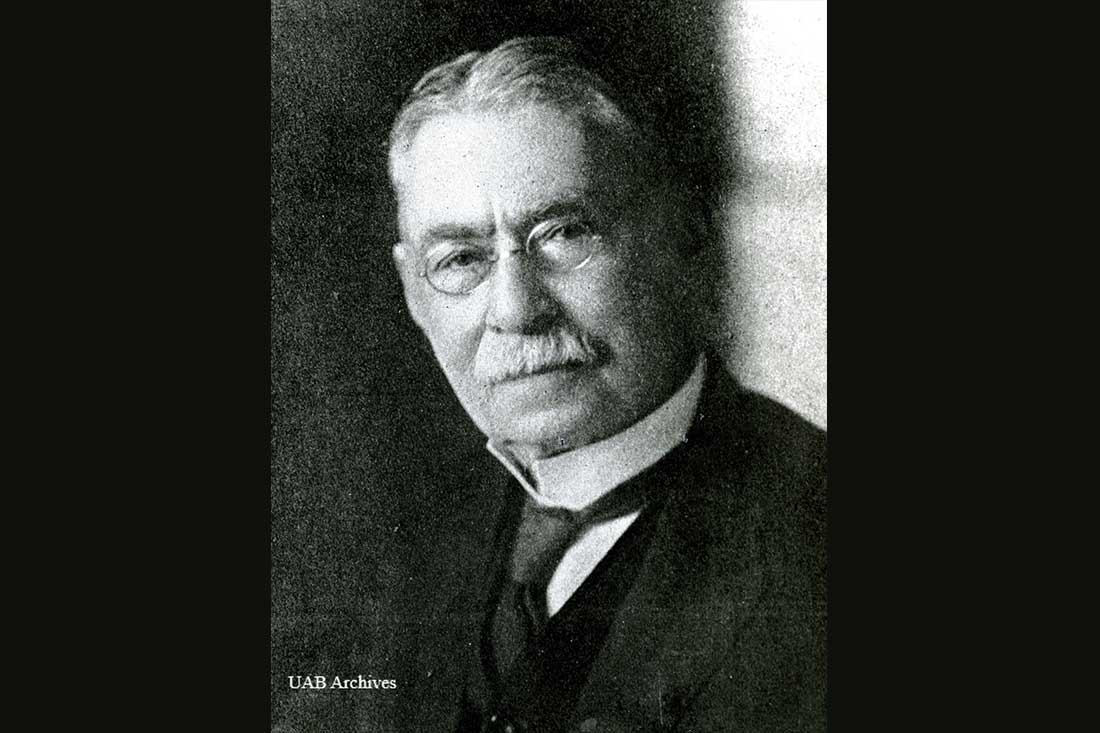
5. A local museum with a curious international history
Way back in 1907, Birmingham businessman and community activist Samuel Ullman moved into a home on 15th Avenue South, where he spent his retirement writing a number of works, including the poem "Youth." The poem became a favorite of General Douglas MacArthur, who used his influence to spread it throughout Japan, where it was widely known and appreciated by citizens for decades (and still is today). Fast forward to 1992, when businessman Kenji Awakura, then first vice president of the Japan-America Society of Alabama (JASA), visited Birmingham. He wanted to see the estate where Ullman spent the last years of his life. After he found the home in disrepair, he led the effort with JASA to raise funds to restore it and convert it into a museum. Eventually, JASA donated the Samuel Ullman Museum to UAB. That's the short version. For the longer version (and to read the famous poem), take a look at the museum's website.
(Photo courtesy of UAB Archives)
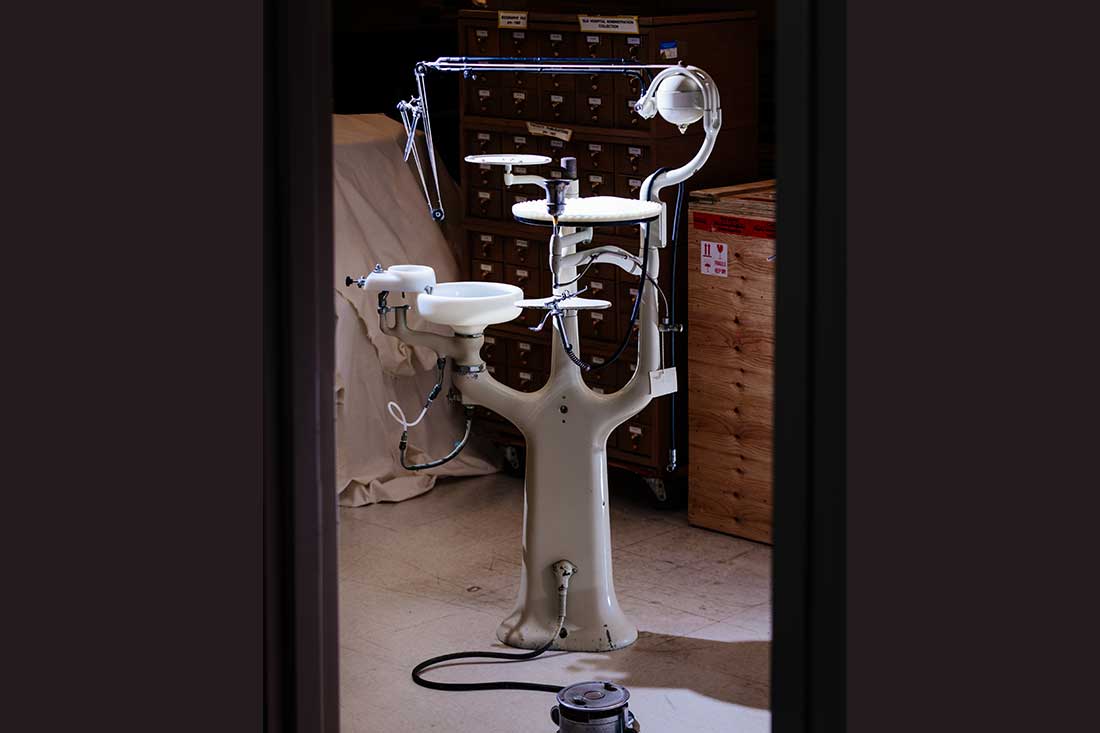
6. Antique dentistry equipment
An alumnus of the UAB School of Dentistry gave back to his alma mater through the gift of really old dentist chairs, cabinets, trays, a spittoon, and other equipment—some of which may date back to the 1930s, says Stefanie Crumpton, curator and associate professor at UAB's Alabama Museum of the Health Sciences. Edward Bachofer, D.M.D., donated the items—many of which he used and all of which he eventually acquired from the family of his colleague—to the museum, where they now serve as a resource for dental students and anyone else who wants to glean information about dentistry during the time period. "Our mission is to preserve local health sciences history with such material," Crumpton says. "We can keep it safely and use it responsibly for exhibitions, research, special programs, etc. Every object has a story." Learn more about the museum here.
(Photo credit: Andrea Mabry)
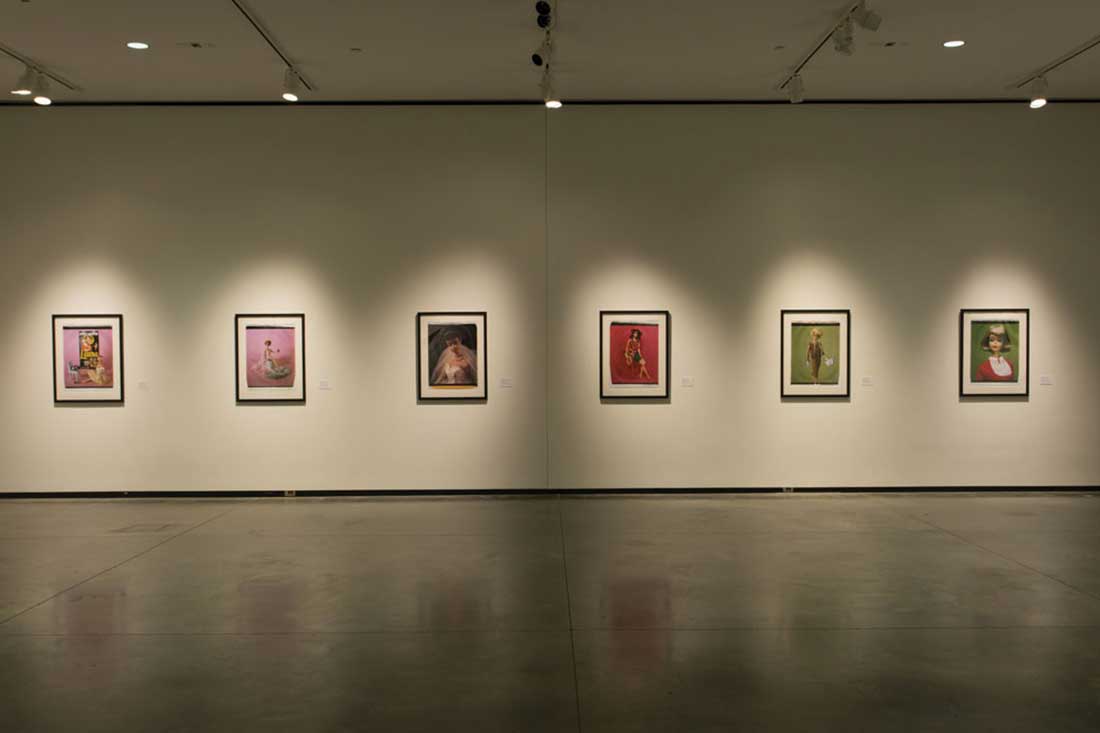
7. Art
We're putting this into one big category, because, really, the most inspirational art is inherently interesting. And the university has been the benefactor of a number of stunning artistic contributions. If you want to view some outdoor art (a good on-campus social distancing activity, we think), several sculptures that were gifts to the university can be spotted on one of UAB's three walking trails. UAB's Abroms-Engel Institute for the Visual Arts (AEIVA) is home to other works, including never-before-displayed screen prints by Andy Warhol and large-format Polaroids by David Levinthal—one of the largest single-holdings of Levinthal's work in the country, according to John Fields, the Lydia Cheney and Jim Sokol Endowed Director of AEIVA.
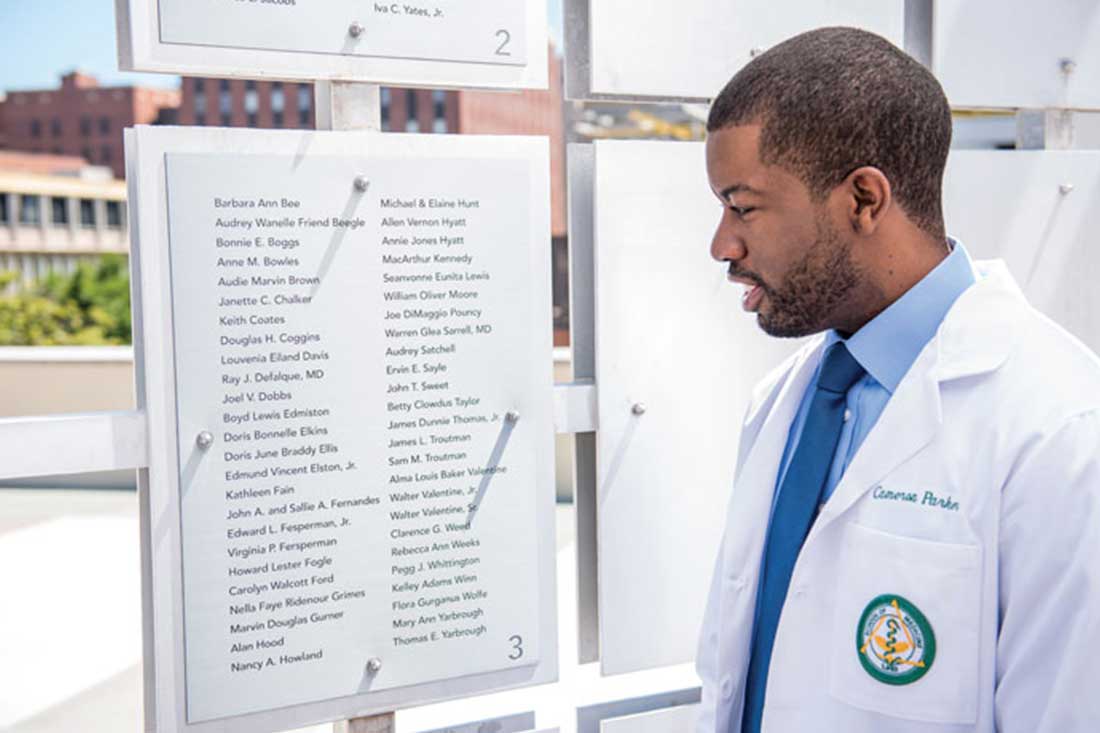
8. Themselves
Yes, you read that right. Many donors have decided to make an impact by donating their bodies to science. Birmingham psychiatrist Renee Holloway, M.D., made plans to donate her body to the UAB Anatomical Donor Program before she died. "She wanted to help others in the future by helping them learn," says her sister Michele Nichols, M.D., the Frederick W. Renneker, III, Endowed Chair in Pediatric Education at UAB. After Holloway died in 2018 following a two-year battle with cancer, she gave back in a big way—by letting health care students study her body and learn from her. Read the full story here or contact program director Laura Frasier, PhD, at lfraser@uab.edu for more information.


